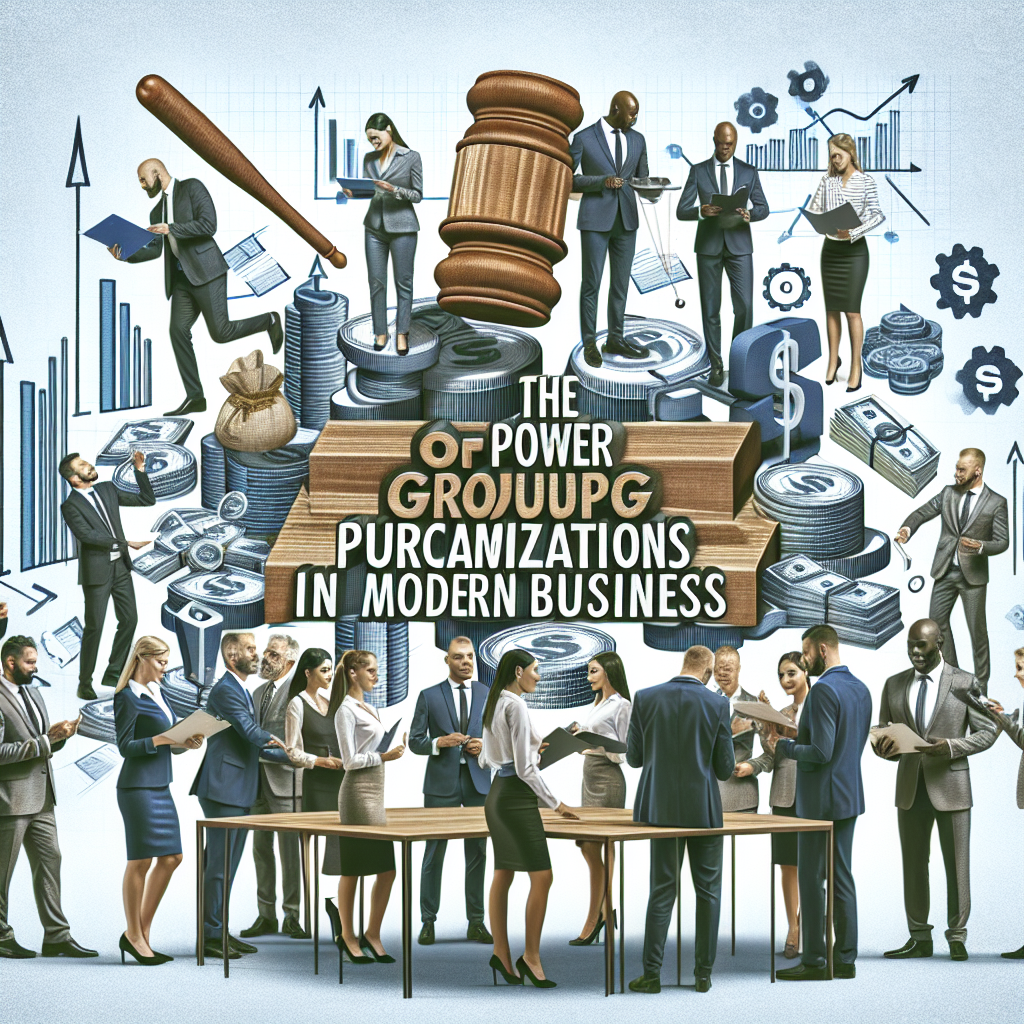Resource allocation, planning, and monitoring in the public sector are intricate tasks that must be carefully completed to guarantee effective & efficient service delivery. Financial resource scarcity is one of the main issues facing this field. Strict financial constraints are a common operating mechanism for government agencies, which can make it difficult for them to keep up with the rising demand for public services. The quality and accessibility of public services may be impacted by this circumstance, which may lead to resource shortages and inefficient allocation.
Key Takeaways
- Public sector resource management faces challenges such as limited funding, increasing demand for services, and complex regulatory requirements.
- Opportunities for efficiency and effectiveness in governance can be identified through streamlining processes, leveraging data analytics, and implementing performance-based budgeting.
- Technology and innovation can be leveraged to improve resource allocation through tools such as cloud computing, artificial intelligence, and digital platforms for citizen engagement.
- Collaborative partnerships can be built with other government agencies, non-profit organizations, and private sector entities to share resources and coordinate efforts for better service delivery.
- Strategic budgeting and financial management practices involve setting clear priorities, aligning resources with organizational goals, and implementing robust financial controls to ensure accountability and transparency.
- Human capital development and capacity building should be prioritized through training, mentorship programs, and talent management strategies to enhance the skills and capabilities of public sector employees.
- Monitoring and evaluating resource utilization is essential for continuous improvement, and can be achieved through performance metrics, impact assessments, and regular audits to ensure resources are used effectively and efficiently.
The need to strike a balance between conflicting priorities is a major resource management challenge in the public sector. Many services, such as public safety, infrastructure, education, and healthcare, are the responsibility of government organizations. This duty necessitates distributing funds, frequently with little leeway, among several programs and sectors. It can therefore be difficult to prioritize and allocate resources in a way that meets the population’s diverse needs.
Moreover, bureaucratic procedures and rules can make managing resources in the public sector more difficult and hinder the allocation of resources and decision-making. Decision-Making Based on Data. There are chances to increase the efficacy & efficiency of resource management in the public sector despite the obstacles. Using data and analytics to guide decision-making is one opportunity.
Government organizations can use data to improve their decision-making regarding resource allocation by gaining insights into citizen needs, service delivery, and resource utilization. Management & Budgeting Based on Performance. In the end, this may improve service delivery and citizen satisfaction by allowing for a more focused & efficient use of resources. By implementing performance-based budgeting and management techniques, governance can also become more effective and efficient. Government organizations can make sure that resources are being used efficiently to produce the intended results by linking resource allocation to performance outcomes.
| Metrics | Data |
|---|---|
| Government Budget | Allocated funds for public services |
| Efficiency Ratio | Ratio of output to input in public sector |
| Transparency Index | Score indicating openness of government operations |
| Public Satisfaction | Percentage of citizens satisfied with public services |
High-Impact Services and Programs Should Be Prioritized. This can assist in identifying areas for improvement and resource reallocation, as well as in prioritizing high-impact programs and services. A culture of accountability and openness can also foster responsible resource management techniques and help to increase trust among stakeholders and citizens. Enhancing resource allocation in the public sector can be greatly aided by innovation and technology.
Utilizing digital platforms and tools for resource management and planning is one way to take advantage of technology. Government organizations can improve resource utilization visibility and streamline processes by putting integrated systems for procurement, budgeting, and performance monitoring into place. This can eventually result in improved resource allocation and service delivery by assisting in the identification of inefficiencies and optimization opportunities. Better resource allocation can also be achieved through innovative public-private partnerships in addition to digital tools. Governmental agencies can obtain more resources and specialized knowledge to enhance service delivery by working with private sector entities.
This can involve utilizing the knowledge and technology of the private sector to enhance service delivery, as well as creative financing methods like social impact bonds. Government organizations can become more resourceful & capable in order to better serve the needs of the public by embracing innovation and teamwork. For efficient resource sharing & coordination in the public sector, collaborative partnerships are crucial. Inter-agency cooperation is one strategy to create cooperative partnerships.
Government agencies that collaborate can enhance service delivery and maximize resource allocation by exchanging resources, knowledge, and best practices. In addition to encouraging a more comprehensive approach to tackling difficult societal issues, this can aid in preventing the waste of time and resources. Getting involved with neighborhood associations and nonprofits is another method to create cooperative alliances. These groups can help deliver services to marginalized populations and frequently have insightful knowledge of local needs. Governmental organizations and non-profits can work together to better address community needs by combining resources and expertise.
Also, interacting with community organizations can increase confidence in & support for government programs, which will ultimately increase the effectiveness of resource allocation efforts. In the public sector, efficient resource allocation depends on strategic budgeting and sound financial management techniques. Long-term financial planning is one essential procedure. Agencies within the government can more effectively allocate resources over time by adopting a strategic approach to budgeting, which helps them anticipate future needs & challenges. This can eventually result in more sustainable resource allocation practices by assisting in the avoidance of reactive decision-making and short-term thinking.
The practice of risk management is also crucial. When unforeseen circumstances like natural disasters or economic downturns arise, government agencies need to be ready to handle them. Government organizations can enhance their readiness for possible disruptions and guarantee uninterrupted service provision by integrating risk management into their budgeting and financial management procedures. In the end, this can increase the resilience of public sector operations by reducing the impact of unanticipated events on resource allocation efforts. Establishing a Solid Talent Base.
To establish a solid foundation of talent within government agencies, this can involve training programs, mentorship opportunities, and leadership development initiatives. Government organizations can enhance their capacity to efficiently manage resources and provide citizens with high-quality services by placing a higher priority on human capital development. Empowering Communities. Capacity building initiatives should involve external stakeholders like local governments and community organizations in addition to investing in internal talent. Government organizations can enable communities to participate more actively in the distribution of resources and the provision of services by supporting & supplying resources for capacity building at the local level. Enhancing Collaborations.
This has the potential to strengthen collaborations & increase the efficiency of grassroots resource distribution initiatives. Continuous resource management improvement in the public sector requires careful observation and assessment of resource use. Government organizations can monitor how decisions about resource allocation affect the results of service delivery by putting in place explicit performance metrics and monitoring systems. This can point out areas that need to be optimized and improved, which will ultimately result in better methods for allocating resources.
To find best practices and areas for improvement, regular resource utilization evaluations are crucial in addition to performance metrics monitoring. Government organizations can draw lessons from the past and make better decisions going forward by evaluating the efficacy of resource allocation decisions. This could encourage ongoing enhancements to resource management procedures, which would ultimately benefit citizens’ access to services.
In summary, resource management in the public sector faces a variety of difficulties, including constrained funding, conflicting priorities, and bureaucratic procedures. The use of data and analytics, performance-based budgeting techniques, technology and innovation, cooperative partnerships, strategic budgeting techniques, human capital development, & ongoing monitoring and assessment of resource utilization are some of the other many opportunities for increasing the efficacy and efficiency of governance. Government organizations can enhance the results of service delivery and better serve the needs of the public by seizing these opportunities and putting best practices in resource management into effect.
If you’re interested in learning more about how to enhance business success through public sector resources, check out this article on unlocking SRM benefits. This article provides valuable insights into how businesses can leverage supplier relationship management to improve their operations and achieve greater success. (source)





